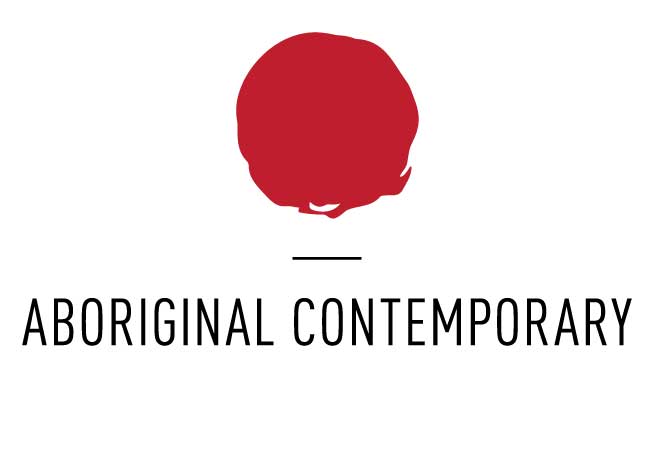
Warmun Art Centre, 20th Anniversary Celebrations, 2018
The Western terms 'Dreaming' or 'Dreamtime' refer to the diverse spiritual beliefs, cultural knowledge and creation stories of many Aboriginal and Torres Straite Islander peoples. However these Western terms are problematic, because they oversimplify the complex worldviews of culturally distinct groups within Indigenous Australia.
In Aboriginal culture, the Dreamtime is the period in which life was created and Dreaming is the stories and beliefs used to explain how life came to be.
In the Dreamtime, the natural world of animals, trees, plants, hills, rocks, waterholes, rivers is created by spiritual ancestors. The Dreaming is the stories of this creation and form the basis of Aboriginal lore and culture, and are often at the heart of the work of Aboriginal artists.
The Dreaming explains why a rock is in a certain place or a particular shape, why the echidna has spikes, why the moon returns full every month, how kangaroos got their tails. The Dreaming also sets out the expectations of Aboriginal culture. Dreaming stories explain beliefs, such as not to hurt animals; who to marry and bear children with (according to the Aboriginal skin system), who to talk and not talk to, how to show respect in another's Country, how to welcome strangers to your own Country and much more.
The Dreaming has different names in different Aboriginal languages, such as Ngarranggarni, Tjukula and Jukurrpas, but always sets out how Aboriginal people should behave. Its stories are the cultural rules and obligations to live by. Dreaming is not static or linear. It is the past, but it is also the present and the future, constantly evolving to explain events and changes, such as floods, storms and both negative and positive occurrences in people's lives.
Learn more about the 'Dreaming' and how it relates to the making of art in an article by Christine Nicholls, 'Dreamtime and the Dreaming - an introduction'

